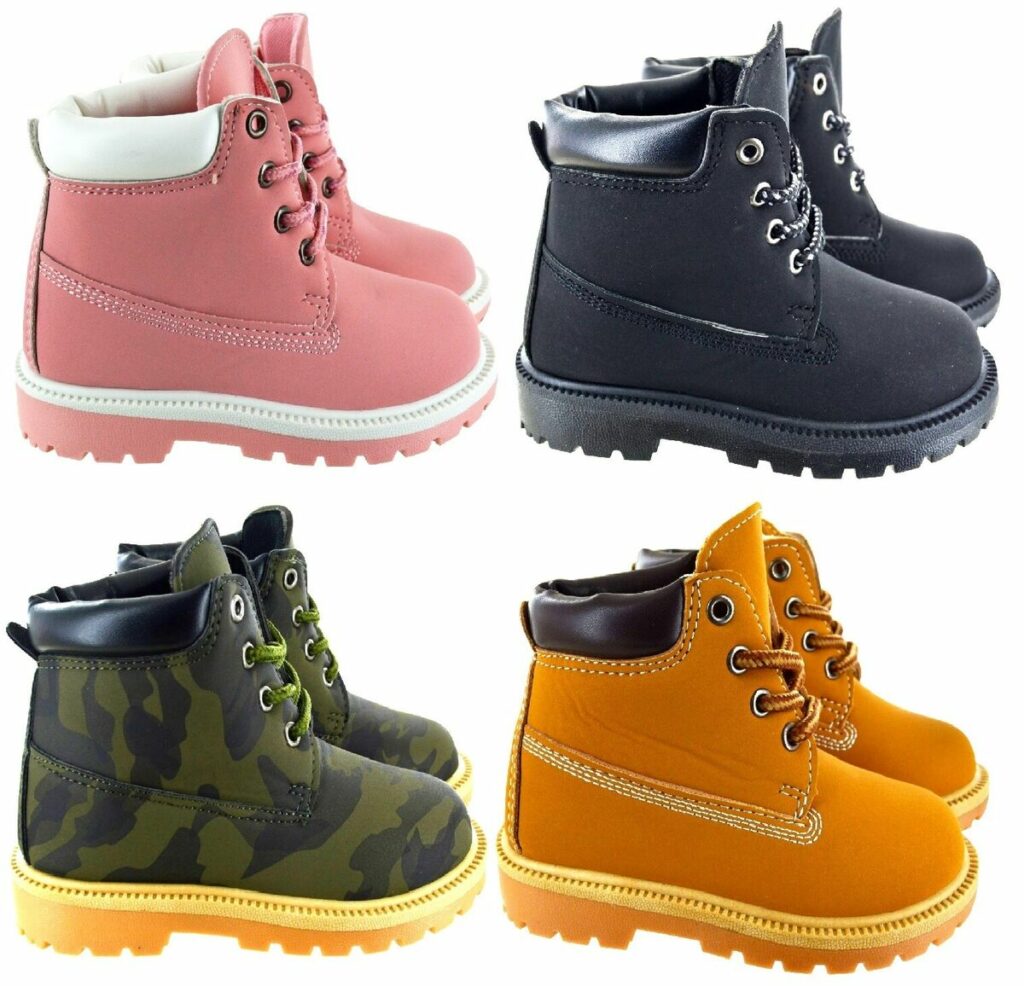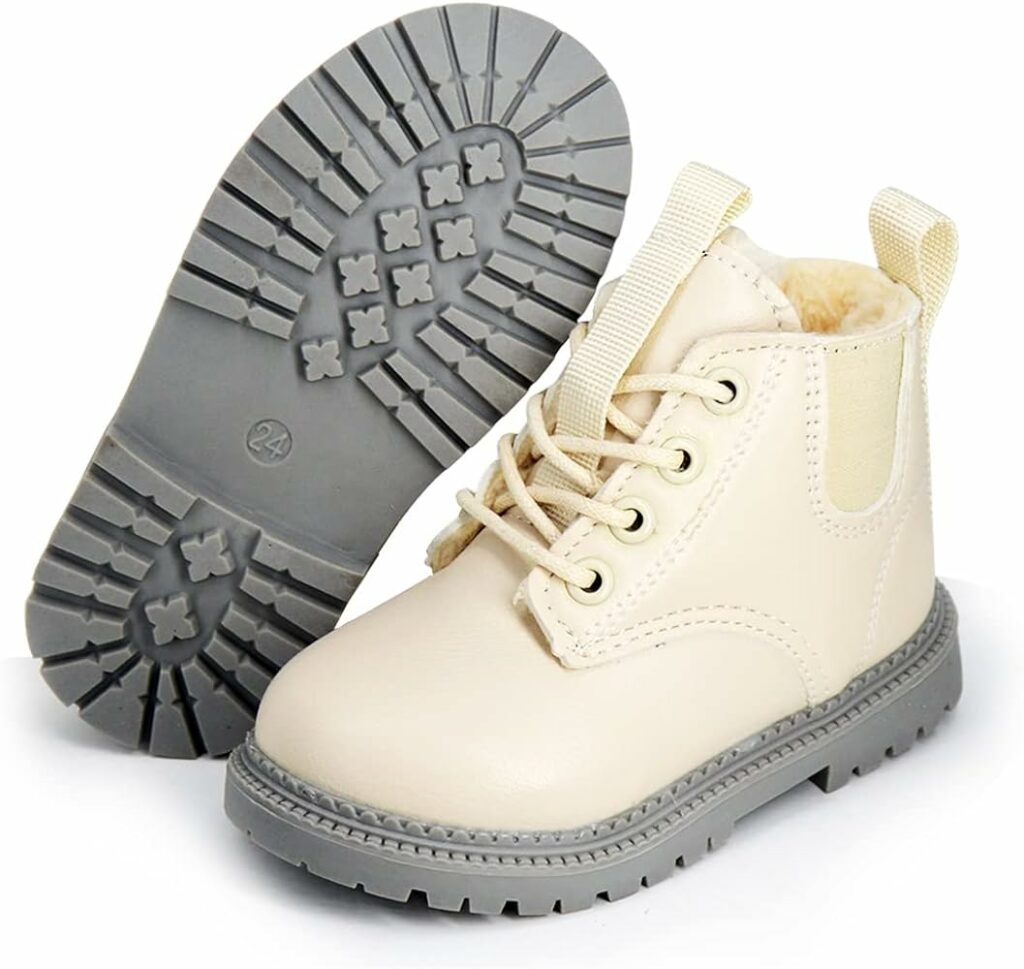As an expert in infant hiking boots, I’m often asked if hiking boots are suitable footwear for babies and toddlers in the winter months.
The short answer is yes, with a few precautions.
Let’s start with a brief overview of infant hiking boots and how they differ from regular shoes.
Hiking boots are designed to provide more ankle support, traction, and protection than typical footwear.
The sturdy materials and aggressive tread help prevent slips and fall over rough or uneven terrain.
Many hiking boots for babies and toddlers also have a soft inner lining and flexible soles to allow healthy foot development.
Choosing the Right Winter Hiking Boots
When picking out infant hiking boots for winter, look for a pair that is properly insulated. The uppers should be made of water-resistant materials like leather or synthetic fabrics.
Avoid boots with a lot of mesh panels, as these won’t keep out snow and moisture. The outsole needs an aggressive lug pattern to maintain traction on snow and ice.
Finally, make sure to choose a style that accommodates thick wool socks. Going a half-size up from your child’s regular shoe size may be necessary.
Here are some of my top picks for infant and toddler hiking boots this winter:
- KEEN Baby Oakridge Boots – $55
- Insulated leather upper
- Rubber toe bumper for protection
- Built-in arch support
- Olang Baby Snow Boots – $45
- Waterproof construction
- Faux fur lining for warmth
- Adjustable hook-and-loop closure
- Pediped Flex Eira Boots – $50
- Lightweight and flexible
- Grippy rubber tread
- Hand-stitched seams for durability
Keeping Little Feet Warm and Dry
The key to keeping your little explorer comfortable in their hiking boots this winter is all about layering.
Start with a thin synthetic or wool sock liner to wick moisture away from the skin. Then add a thick wool blend hiking sock over top.
If it’s especially cold, you can even put a disposable toe warmer between the sock layers.
For extra insulation, look for hiking pants or snow bibs that tuck into boots. Stop periodically to check your toes for any cold spots or numbness.
Bring extra dry socks in case your feet get damp. If conditions are wet, waterproof gaiters can be worn over the ankle to block snow and moisture from getting into boots.
After the hike, remove socks and insoles to let the interior air out and dry. Stuff boots with newspaper overnight to absorb moisture.
Regularly treat leather boots with a waterproofing spray.

Safety Tips for Winter Hiking with Infants and Toddlers
Hiking with little ones in wintry conditions requires some special precautions:
- Choose easy, relatively flat trails without steep inclines or drop-offs
- Plan shorter routes and allow extra time for frequent breaks
- Have babies ride in a front or back carrier to leave hands free
- Watch for ice patches hidden under snow
- Bring microspikes or lightweight cleats for better traction
- Dress kids in thin, quick-drying synthetic base layers
- Always pack extra food, water, and dry clothes
- Know the signs of hypothermia and frostbite
- Carry a thermos with a warm drink like hot chocolate
The Benefits Outweigh the Challenges
Hiking with infants and toddlers does require more preparation and vigilance during the winter months.
But the rewards of getting outdoors, breathing fresh air, bonding as a family, and introducing little ones to nature make it worthwhile.
With the right infant hiking boots and clothing layered for the conditions, winter hiking can be a magical experience to build outdoor skills and confidence.
Let the adventure begin!

